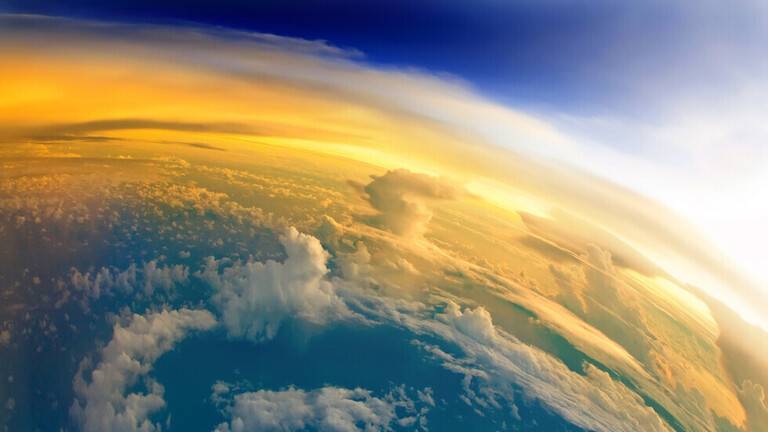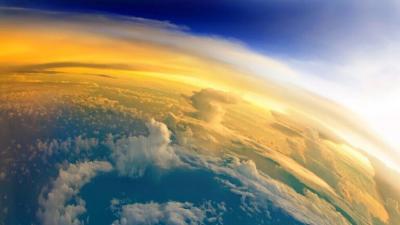During the winter solstice event, the Northern Hemisphere experiences the shortest day and longest night of the year, officially marking the beginning of winter. In contrast, the Southern Hemisphere experiences the summer solstice with the longest day of the year and the start of summer. This year, skywatchers will have a special opportunity to observe the bright planet Jupiter next to the nearly full moon coinciding with the winter solstice.
The solstice is expected to occur on December 21 at 10:28 PM Eastern Time (03:28 AM GMT). It will happen simultaneously everywhere on Earth. The winter solstice results from the Earth's axial tilt. The Earth revolves around the sun every 365 days while rotating on a tilted axis of 23.5 degrees. During the winter solstice, the northern axis tilts away from the sun, leading to the shortest day and the longest night in the Northern Hemisphere. At the same time, the southern axis leans toward the sun, leading to the longest day and shortest night in the Southern Hemisphere.
The tilt of the Earth is profoundly noticeable at the poles, where the sun doesn’t set all day in the Southern Pole and doesn’t rise at all in the Northern Pole. The December solstice occurs when the sun shines directly above the Tropic of Capricorn at noon, a line on the map located precisely 22.5 degrees south of the equator, passing through Africa, Australia, and South America. This represents the furthest southern latitude where the sun can appear directly overhead at noon.
In the Northern Hemisphere during the solstice, the sun remains low in the sky as it always does. This allows the moon to appear high in the sky during winter in the Northern Hemisphere, providing an exciting opportunity for sky observations. During the winter solstice, the waxing moon will rise to the right of Jupiter, the brightest planet in the evening sky. Devices like binoculars or a small telescope can enhance the viewing experience of the moon and Jupiter's night dance.




